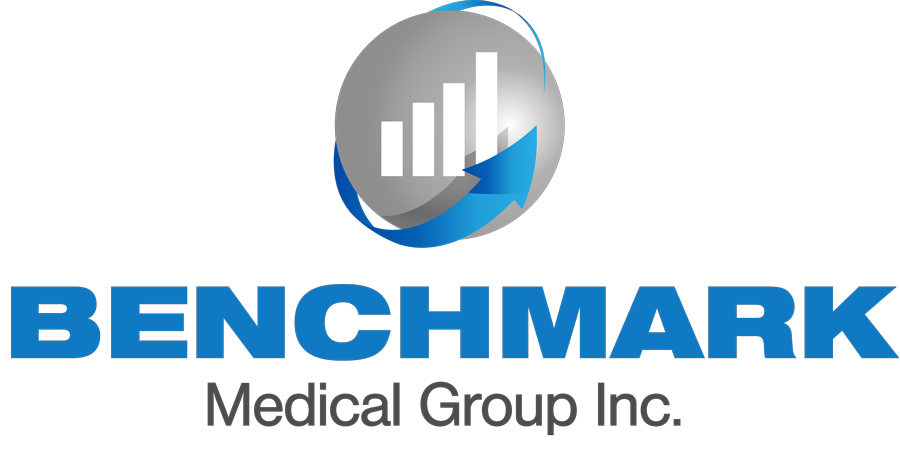Electric Stimulation Therapy
Electric stimulation uses a gentle electric current to stimulate the contraction of a single muscle or a group of muscles. The stimulation causes an increase in blood flow and can improve the functional ability of the particular muscles involved. Stimulation also can stimulate certain nerve fibers found within the belly of the muscles to reduce the sensation of pain and can assist the body in the healing process for damaged muscles and the joints they supply. Muscle stimulation can also be use to cause a stronger contraction to aid in better symmetry of muscle firing and restore normal strength and function to muscles that have atrophied as a result of being immobilized (e.g. in a cast) or as a result of deconditioning. Muscle stimulation is a safe physical therapy and is used judiciously for appropriate patients. Please ask the doctors at Benchmark Medical Group if this therapy is appropriate for you.
